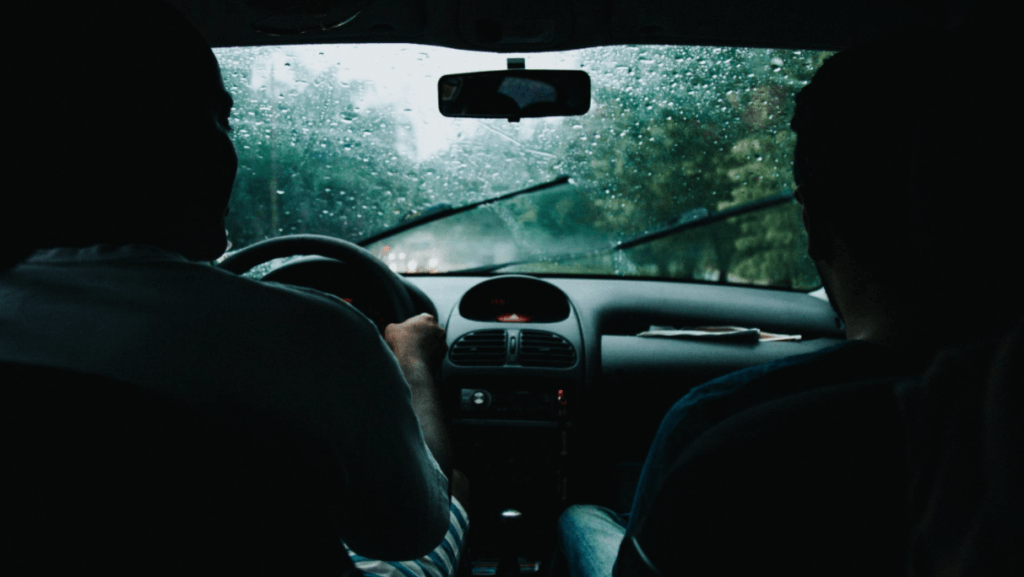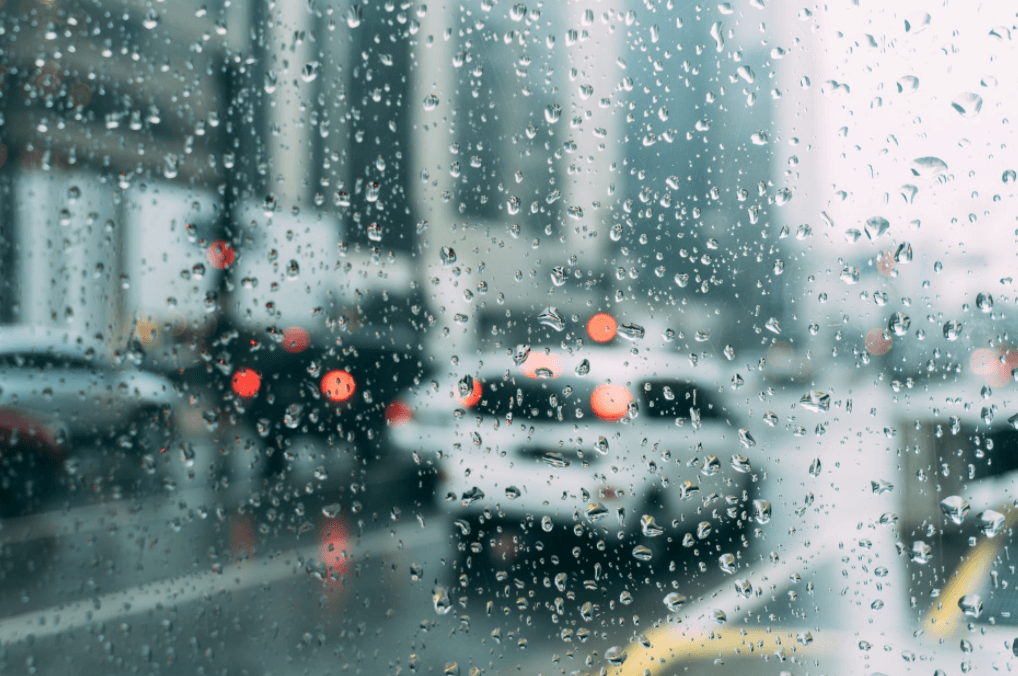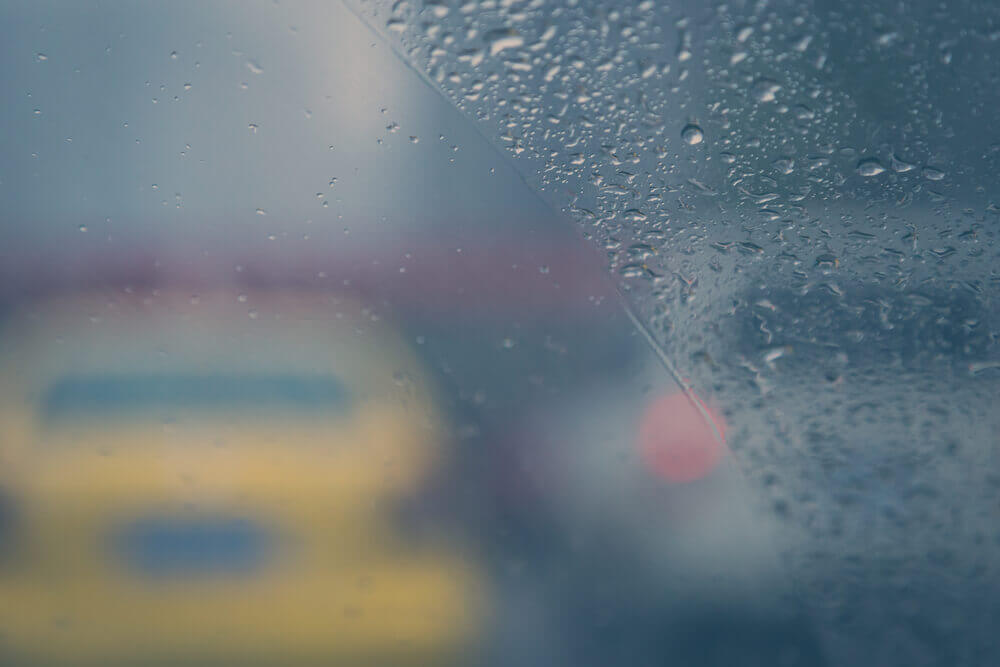Driving in the rain can be tricky, whether its sprinkle or a downpour. It’s important to know how to handle wet road conditions year-round.

Tips for Driving in the Rain:
Adjust your driving plans.
In many parts of the country – and especially in Colorado – rain can spring up at any time. If you feel uncomfortable driving in the rain, you may want to delay your trip until the storm passes. If you decide to drive through the rain, make sure to adjust your driving to wet road conditions. Many drivers tend to go on auto-pilot when they get behind the wheel, so be sure to pay attention.
Double check your vehicle’s equipment.
Make sure that your car is in working order before heading out into rainy conditions. Driving in the rain reduces visibility, so you’ll want to check on your headlights, taillights, and windshield wipers to make sure they’re working efficiently. You’ll also want to check your tires to ensure the tread is still optimal. Driving on wet roads with worn-down tires is dangerous and reduces your traction.

Use your windshield wipers.
While this may seem like common sense, many drivers will forget to use their windshield wipers in lighter rain. Most cars have adjustable settings for wipers that clear moisture at any level of rain – from drizzle to downpour. Ensure that your wiper blades are in good condition and not making a scraping noise or leaving streaks.
Turn your headlights on.
Most states – including Colorado – require drivers to have their headlights on when driving in the rain. Even if it’s only misting, having your headlights on increases your own visibility and makes you more visible to other drivers.
Slow down and keep a safe distance between cars.
Especially in rainy conditions, it’s crucial to keep an eye on your speed. Slick, wet roads make higher speeds more dangerous since there is less traction to skid to a stop. Stopping your car is more difficult when you’re driving in the rain, so take your time. You’ll want to leave plenty of room between you and the car in front of you – both to give extra room to stop and to reduce blow back of mist from the front cars’ tires.

Ventilate your car.
You may find that your car’s windows tend to fog up when its raining. Since rain causes humidity levels to increase, the increased humidity will contrast to the warmer interior and fog up the windows. Most cars are equipped with a ventilation system to counteract the fog on the interior windows. If that doesn’t work, you may need to pull your car over and open a window until the fog clears.
Watch out for standing water.
You’ll want to keep an eye out for standing pools of water and large puddles – whether on the freeway or on residential streets. Driving fast through standing water can cause you to hydroplane, which is when your tires skid off the surface of the road and traction is lost. Avoid hydroplaning by spotting puddles early, changing lanes safely, and lowering your speed.
Accidents are bound to happen, so if you or a loved one is injured in an accident, call Galperin & Associates. Our team of experts is here to help you navigate tricky insurance companies and health care costs. Call us today at 303-919-7509 to speak with an attorney.

